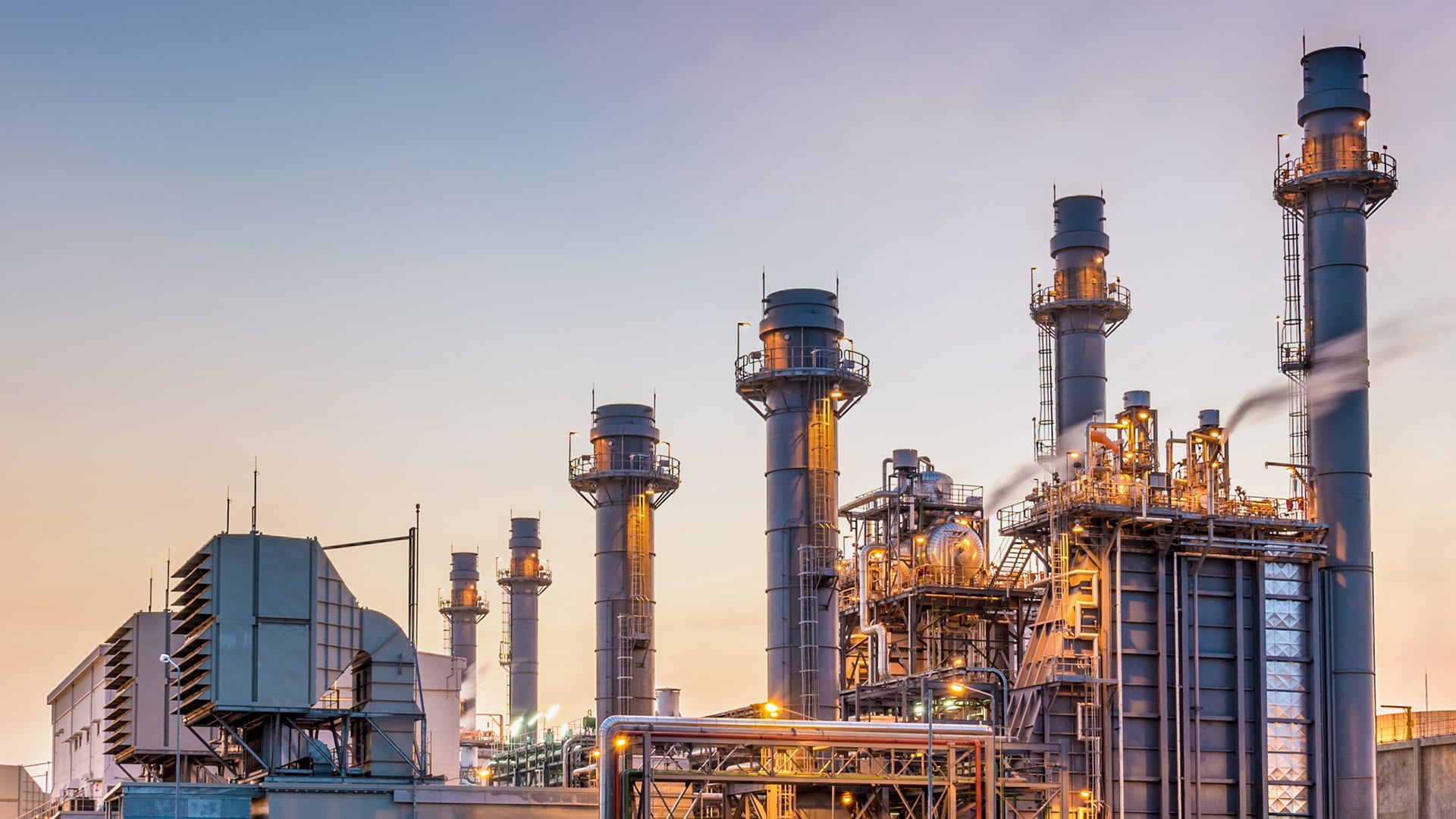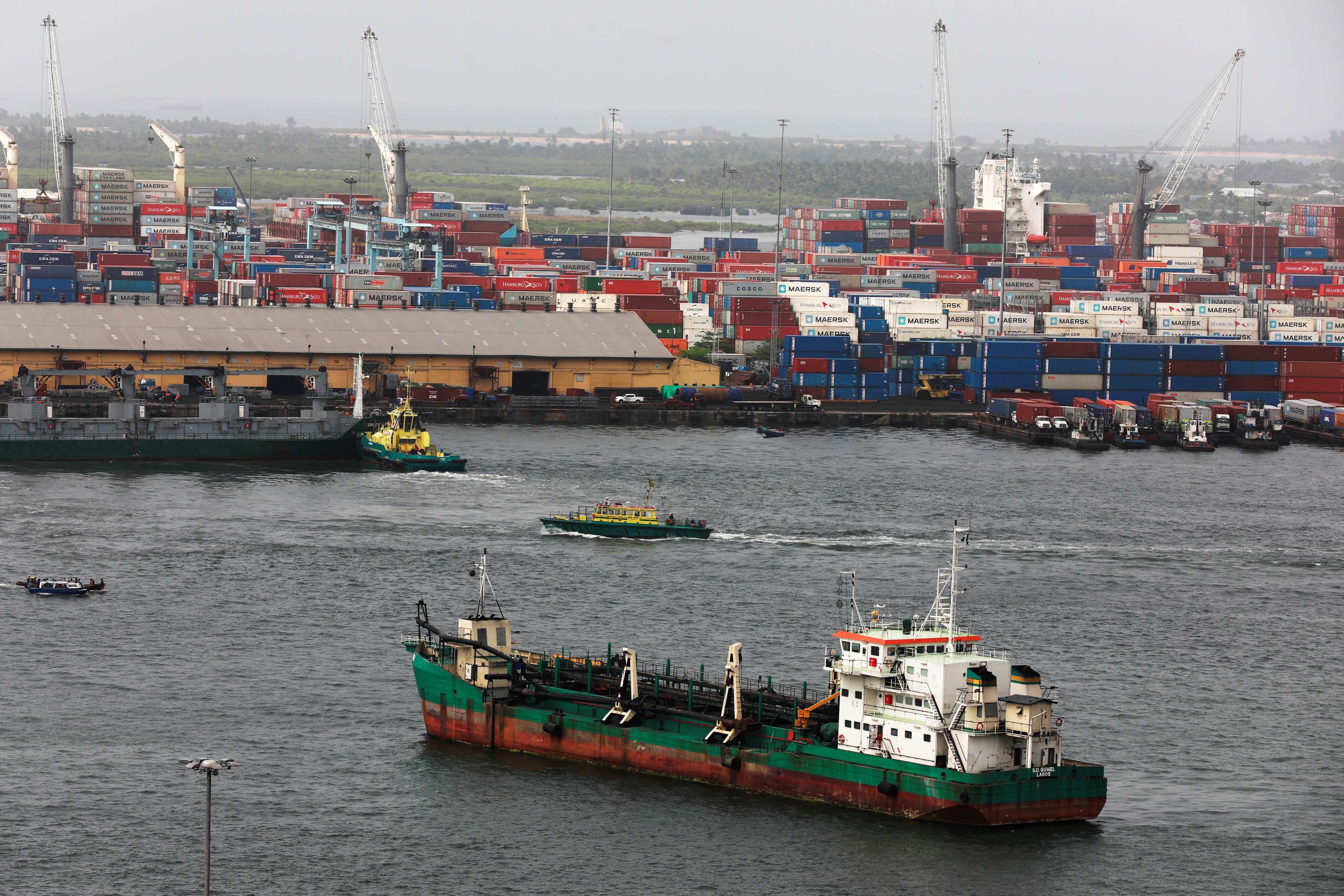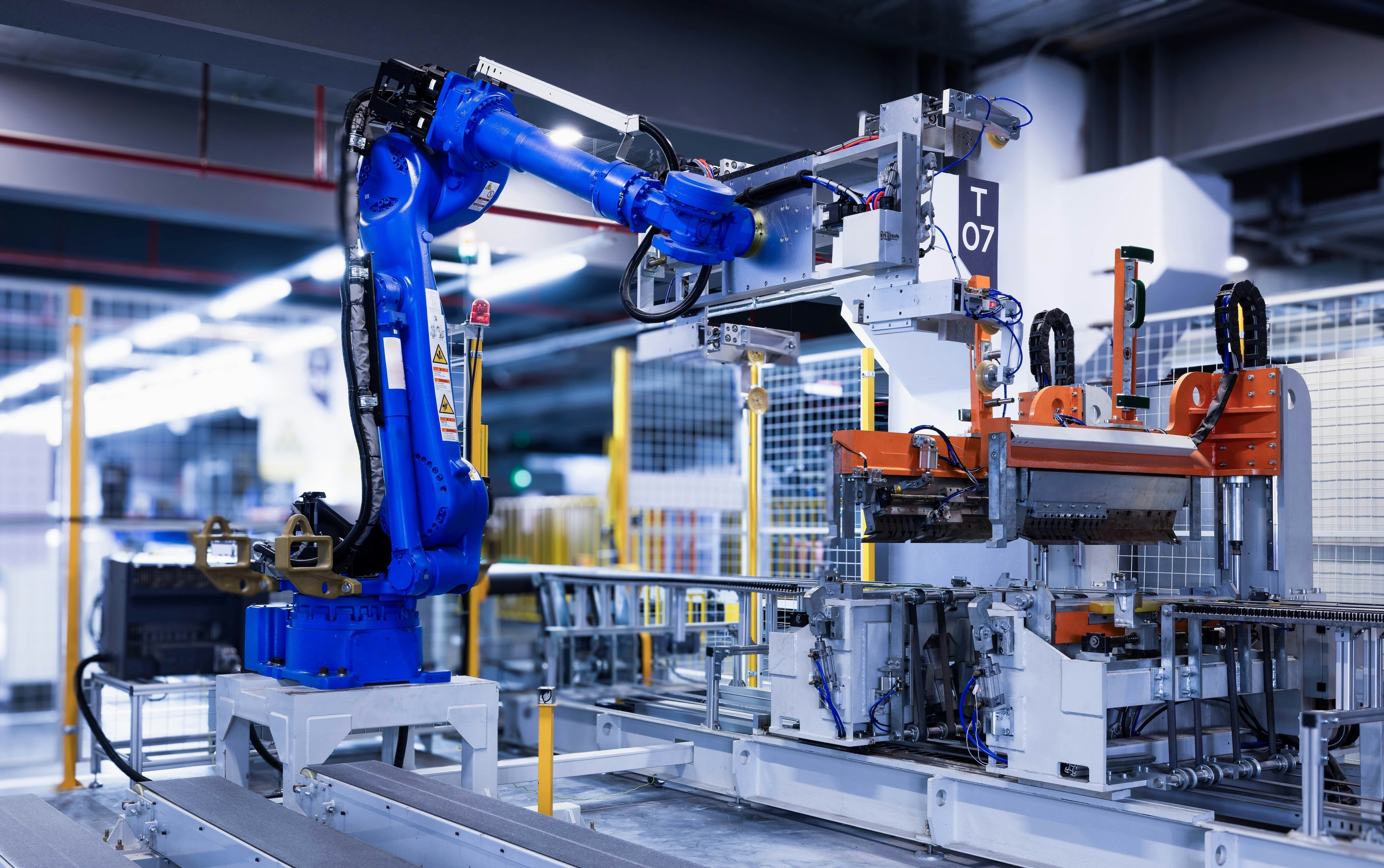Industrial and transportation applications are driving credible hydrogen demand

First Movers Coalition member commitments in steel, shipping and aviation can catalyze hydrogen demand.
Image: Getty Images/iStockphoto
Jorgen Sandstrom
Head of Energy, Materials, Infrastructure Programme, Industrial Transformation, World Economic ForumStay up to date:
Energy Transition
- First Movers Coalition member commitments in steel, shipping and aviation can catalyze hydrogen demand.
- In steel, hydrogen can be used in the DRI process, while shipping is witnessing a shift towards e-fuels like e-methanol and e-ammonia.
- In aviation, hydrogen is shaping up to play a pivotal role in the creation of sustainable aviation fuels.
In July 2023, the International Energy Agency (IEA) reported that, “Novel applications in heavy industry and long-distance transport [will] account for one-third of global hydrogen demand by 2030 in the Net Zero Emissions by 2050 (NZE) Scenario.” Key sectors needing these novel applications include steel, aviation and shipping, where hydrogen can displace fossil fuels in energy and heat-intensive processes.
The First Movers Coalition (FMC) is a collective of leading industry players from seven heavy-emitting sectors who are working to aggregate their purchasing power, prompt more investments in zero-emission solutions, and send out a signal to scale the production of decarbonization solutions. The FMC has grown to 96 members, whose 121 commitments represent an estimated $16 billion of demand annually by 2030 for zero-emission solutions.
Below we explore how these FMC commitments can in turn create a powerful demand signal for hydrogen in steel, shipping and aviation. Indeed, by 2030, demand from FMC members could require between 0.5 to 1 million tonnes per annum (Mtpa) of low-carbon hydrogen annually, equivalent to 150-300 20-megawatt green hydrogen electrolyzers, or three to seven 150 ktpa blue hydrogen autothermal reforming (ATR) facilities.
Steel through hydrogen-based DRI
In the steel sector, hydrogen is emerging as a key facilitator for the transition to near-zero emissions production methods. Specifically, hydrogen can be used in the Direct Reduced Iron (DRI) process, which is considered a promising green steel production route. This process uses hydrogen as a reducing agent to convert iron ore into steel, significantly reducing carbon emissions compared to traditional methods. FMC members are actively investing in and securing offtake from projects that utilize hydrogen-based steel production methods, with the anticipated total FMC clean hydrogen demand for steel estimated to be 0.05-0.2 Mtpa by 2030.
These excellent results are very important because hydrogen from fossil-free electricity is one of the keys to transitioning industry.
”Shipping through e-fuels
Shipping plays a central role in global trade, moving over 80% of internationally traded goods, but remains accountable for close to 3% of global greenhouse gas (GHG) emissions. A sector traditionally dependent on heavy fossil fuels, shipping is witnessing an ambitious shift towards e-fuels like e-methanol and e-ammonia, which require clean hydrogen as feedstock. FMC members are leading the way by integrating hydrogen into their fuel mix, and collectively will represent a clean hydrogen demand for shipping of 0.3-0.5 Mtpa by 2030.
Sustainable aviation fuels through power-to-liquid
In the aviation sector, hydrogen is shaping up to be a critical driver for greener flying technologies. Its pivotal role is most prominently observed in the creation of sustainable aviation fuels (SAFs) via Power-to-Liquid (PtL) processes. Hydrogen, generated via electrolysis of water using renewable energy, is combined with captured CO2 to produce hydrocarbons that are refined into SAF, liquid fuels that can power aviation while generating far fewer emissions than traditional jet fuels. FMC members commitments in aviation are contributing to a rising demand for clean hydrogen in aviation, with FMC members requiring an estimated 0.1-0.2 Mtpa by 2030. The criticality of this is underscored in the prominence of hydrogen in the applications to the Sustainable Aviation Uplink Challenge.
eFuels present a high-potential solution for the aviation industry’s decarbonization. Unlike some SAF technologies facing feedstock constraint, eFuels technologies are ready to be scaled up today, offering a 95-98% reduction in net GHG emissions compared to traditional fuels, aligning with market net-zero goals.
”Clusters and hubs to drive hydrogen investment
The delivery of green hydrogen involves complex supply chain arrangements and significant investments in energy infrastructure. To ensure that adequate hydrogen supply can be developed to meet demand, and adequate demand exists to meet supply, offtakers and sellers are increasingly exploring connecting their supply chains into public-private collaborative efforts such as clean hydrogen hubs and industrial clusters.
Hubs and clusters refer to the pooling of resources for stakeholders from related industries within a given region. In a hydrogen hub or industrial cluster, many regional players may share centralized distribution, transport, and storage infrastructure that delivers them the hydrogen they need for their operations. Through this centralization and by allowing more concentrated demand, hubs and clusters can unlock economies of scale and learning curve effects, meaning they can supply hydrogen at a lower cost per kg. Additionally, pooled resources can allow for distributed execution and finance risks, helping to deliver economic benefits for all involved. In summary, collective public-private efforts can empower stakeholders to navigate regulatory challenges, share the burden of technological uncertainties, and secure financing in a more streamlined manner.
How is the World Economic Forum promoting sustainable and inclusive mobility systems?
There are several examples of how hydrogen hubs and industrial clusters have shaped the distribution of hydrogen on the global stage. In sectors like aviation and shipping fuels, international distribution networks are increasingly connecting to hydrogen hubs. Notable initiatives, such as the HyVelocity Hub and the National Capital Hydrogen Center in the US, and the Port of Antwerp in the EU, are testament to this shift.
Clusters like the National Capital Hydrogen Center’s hydrogen hub are pivotal in uniting a diverse range of stakeholders. In the Washington, DC, Maryland, and Virginia region, our coalition spans supply, demand, and infrastructure, and is strategically positioned to minimize risks and expedite the implementation of decarbonization technologies. This coalition’s combined wealth of experience, resources, and financial strength stand to significantly enhance the impact of our regional investments and accelerate our journey towards decarbonization.
”Meanwhile, sectors with localized supply chains, like green steelmaking, might benefit from dedicated hubs tailored to specific needs. The Midwest Alliance in the US and the HyDeal Hub in the EU are prime examples of targeted local strategies.
The growing demand for clean hydrogen generated through FMC commitments is sending a strong and credible signal. To move from signal to delivery of clean hydrogen, a combination of infrastructure, policy, finance, and energy measures are needed. More can be read on how clusters and hubs fit into this puzzle in the regional Enabling Measures Roadmaps detailed at the WEF Hydrogen microsite.
Accept our marketing cookies to access this content.
These cookies are currently disabled in your browser.
Don't miss any update on this topic
Create a free account and access your personalized content collection with our latest publications and analyses.
License and Republishing
World Economic Forum articles may be republished in accordance with the Creative Commons Attribution-NonCommercial-NoDerivatives 4.0 International Public License, and in accordance with our Terms of Use.
The views expressed in this article are those of the author alone and not the World Economic Forum.
Related topics:
Forum Stories newsletter
Bringing you weekly curated insights and analysis on the global issues that matter.
More on Energy TransitionSee all
Eneida Licaj and Sarah Moin
September 23, 2025
Natalie Unterstell and Alex Scott
September 22, 2025
Gavin Templeton
September 19, 2025
Keith Svendsen
September 18, 2025
Stephanie Jamison
September 18, 2025







